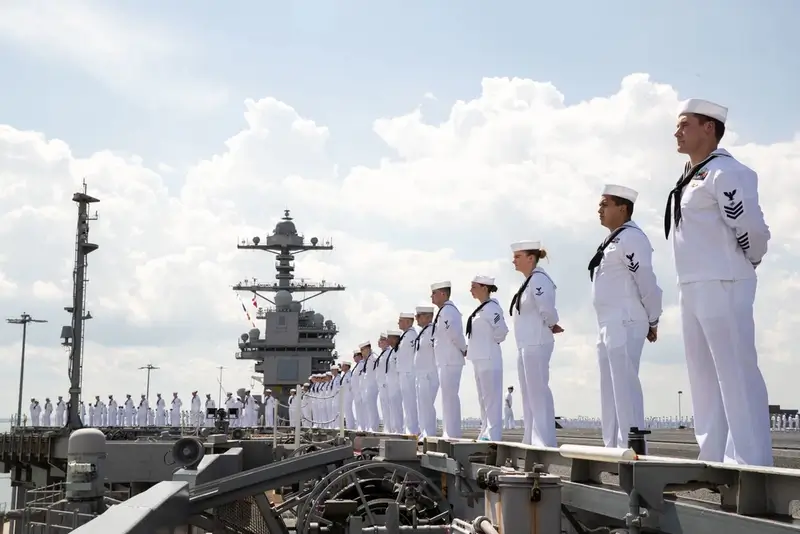
Hello, and welcome to Americans for a Stronger Navy. At our organization, we are committed to promoting Peace Through Strength. In this blog post, we will be discussing the recent recruiting shortfalls and readiness issues faced by the Army, Navy, and Air Force. Our goal is to inform and inspire our readers, especially those in the Navy, to support our mission.
Summary:
Adm. Lisa M. Franchetti, the vice chief of naval operations, told the committee that their services are doing better than they expected, but that they will still be short at the end of the fiscal year.
Franchetti said the Navy’s readiness is based on people. “We are committed to improving their quality of service and personal resilience, investing in initiatives such as quality housing and childcare, access to the full continuum of mental health care, improved education and an environment free of sexual harassment and sexual assault,” she said. “In this 50th anniversary of the all-volunteer force, we continue to focus on recruiting, retention and reducing gaps in our billets at sea.”
The admiral also spoke of gains in ship readiness and improvements in maintenance. She told the panel that the fiscal 2024 budget request fully funds public and private ship maintenance, aviation depot maintenance, increases parts and spares and continues to grow the highly skilled public shipyard workforce.
- Army, Navy, and Air Force won’t reach enlistment goals this year.
- Marines and Space Force expect to reach their goals.
- Army expects to recruit 10,000 fewer soldiers than their goal of 55,000.
- Navy expects to have about 6,000 enlistees short.
- Air Force expects to have about 10,000 airmen short throughout the active and reserve components.
- Recruitment issues faced by the Army apply to all services, with only 23% of young Americans qualified to serve, and fewer still showing interest.
- The Army must focus on warfighting, training for battle, and supporting combatant commands with ready formations worldwide.
- The Navy’s readiness is based on people, investing in initiatives such as quality housing, childcare, mental health care, education, and an environment free of harassment and assault.
- The Marine Corps is modernizing and producing an even more lethal Marine.
Conclusion:
We hope this blog post has informed you about the current recruiting shortfalls and readiness issues faced by the Army, Navy, and Air Force.
Personnel is the most critical aspect of readiness, and it’s essential to invest in initiatives to improve their quality of service and personal resilience.
As we celebrate the 50th anniversary of the all-volunteer force, we must focus on recruiting, retention, and reducing gaps in our billets at sea.
We encourage you to support our mission by subscribing to our organization and becoming an active supporter of a Stronger Navy. Thank you for your time and for supporting our cause.

